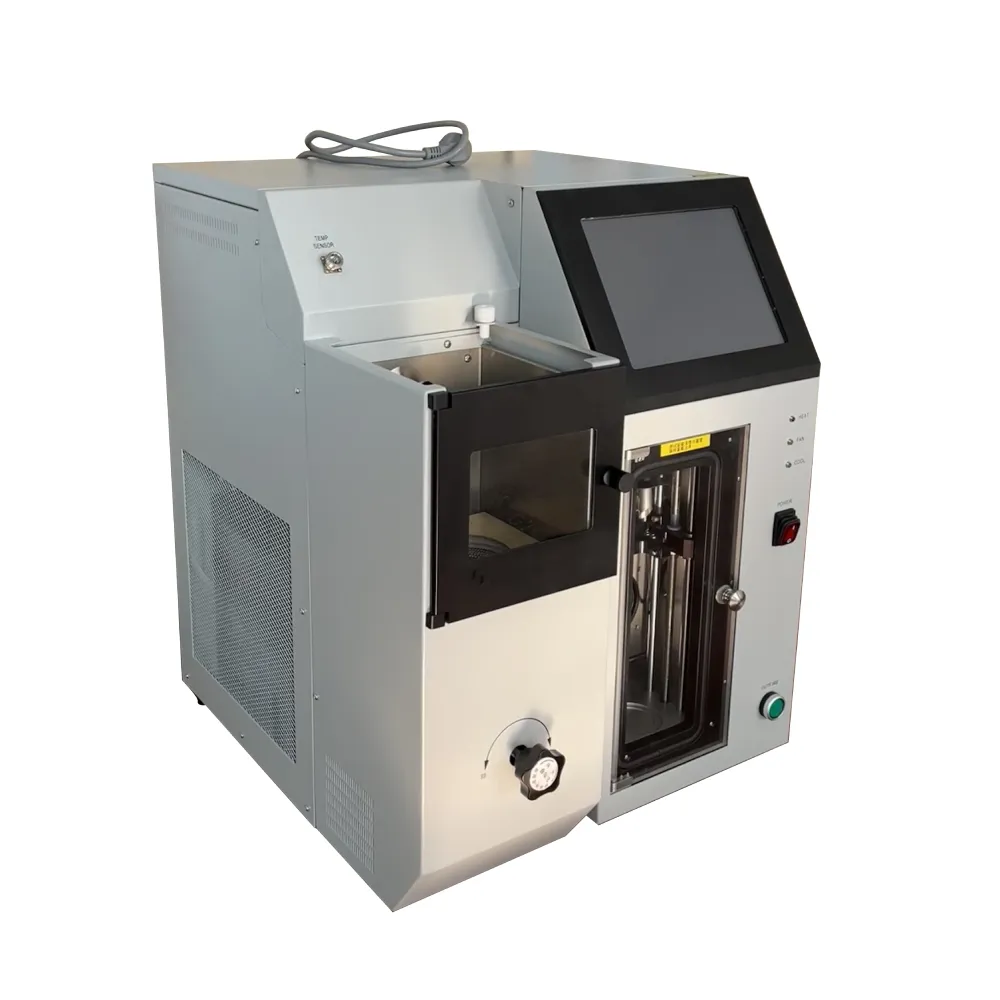 English
English


rapid flash point tester
Understanding the Rapid Flash Point Tester A Vital Tool in Safety and Quality Control
In industries where liquids are handled, such as petrochemicals, pharmaceuticals, and cosmetics, measuring flash points is crucial for ensuring safety and compliance with regulatory standards. The rapid flash point tester plays a pivotal role in this process, providing quick and accurate measurements of flash points for various liquid substances.
What is a Flash Point?
The flash point of a liquid is the lowest temperature at which its vapor can ignite when exposed to an open flame or spark. This property is essential for determining the volatility and flammability of liquids, which directly impacts storage, transportation, and handling practices. Knowing a liquid’s flash point helps prevent accidents and informs the selection of appropriate safety measures.
The Importance of Rapid Testing
Traditional methods of determining flash points can be time-consuming and prone to inaccuracies, leading to potential risks in industrial settings
. The rapid flash point tester addresses these challenges by delivering results promptly and efficiently. These advanced testing devices utilize modern technology to ensure that results are obtained within minutes, rather than hours, making them invaluable for busy laboratories and production facilities.How Does the Rapid Flash Point Tester Work?
rapid flash point tester

The rapid flash point tester typically employs a closed cup method. In this process, a small sample of the liquid is heated in a controlled environment. As the temperature rises, the apparatus measures the vapor concentration above the liquid. A spark is introduced at predetermined intervals, and the temperature at which the vapor ignites is recorded as the flash point.
These testers are often equipped with automated systems that reduce human error and enhance repeatability. Many models offer digital readouts and can store multiple test results, making data tracking and analysis easier for quality assurance teams.
Applications Across Various Industries
The versatility of rapid flash point testers allows them to be used across various sectors. In the oil and gas industry, for example, rapid flash point testing is crucial for assessing the safety of fuels and ensuring compliance with environmental regulations. The pharmaceutical industry employs these testers to verify the safety of solvents used in drug formulation. Similarly, the cosmetic industry relies on accurate flash point measurements to ensure the safety of products applied to the skin.
Conclusion
In conclusion, the rapid flash point tester is an essential instrument for any industry dealing with combustible liquids. Its ability to provide quick and accurate readings helps enhance safety, streamline production processes, and ensure compliance with regulatory requirements. As industries continue to prioritize safety and efficiency, the adoption of advanced testing technologies like the rapid flash point tester will undoubtedly remain a critical component of safety management strategies. By investing in such tools, companies can protect their workforce, assets, and the environment, ultimately contributing to a safer future.
-
Differences between open cup flash point tester and closed cup flash point testerNewsOct.31,2024
-
The Reliable Load Tap ChangerNewsOct.23,2024
-
The Essential Guide to Hipot TestersNewsOct.23,2024
-
The Digital Insulation TesterNewsOct.23,2024
-
The Best Earth Loop Impedance Tester for SaleNewsOct.23,2024
-
Tan Delta Tester--The Essential Tool for Electrical Insulation TestingNewsOct.23,2024





